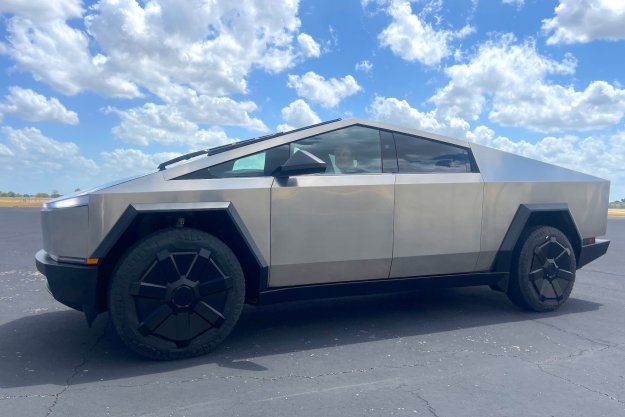
Hybrid shoppers will have one fewer choice for the 2020 model year. The Nissan Rogue Hybrid will be discontinued at the start of the new model year due to slow sales, reports Autoblog. However, the competitor Toyota RAV4 Hybrid will stick around, and both hybrid and plug-in hybrid versions of the 2020 Ford Escape are on the way.
Nissan recently released pricing for the 2020 Rogue, but the Hybrid model was conspicuously absent. The automaker subsequently confirmed to Autoblog that the Rogue Hybrid was being dropped. Without quoting specific sales figures, a spokesperson told the website that the Hybrid model was a “small part of the overall sales mix for Rogue.”
As hybrids became more mainstream, automakers were quick to add hybrid versions of their midsize sedans — previously the most popular car market segment. While Nissan doesn’t currently offer a hybrid Altima, you can get hybrid versions of the Toyota Camry, Honda Accord, and Chevrolet Malibu, for example. But while crossovers like the Rogue have supplanted sedans in sales, automakers have been slower to add hybrid powertrains to them.
When the Rogue Hybrid debuted for the 2017 model year, its only competition was the Toyota RAV4 Hybrid. At the time, the Nissan was fairly competitive with the Toyota on fuel economy, but that changed when Toyota introduced a more-efficient RAV4 Hybrid as part of a complete redesign for the 2019 model year. With the Rogue Hybrid on the way out, the RAV4 Hybrid’s only competition going forward will be the 2020 Ford Escape, which will get hybrid and plug-in hybrid powertrains as part of an upcoming redesign.
It’s easy to see why buyers were more likely to choose a gasoline Rogue over the Rogue Hybrid. The base 2019 Rogue Hybrid carries a $2,800 price premium over a non-hybrid Rogue, and for that buyers only get an increase of five mpg combined for front-wheel-drive models, and six mpg combined for all-wheel-drive models, according to the EPA.
Nissan has a history of halfhearted attempts at hybrids. It launched an Altima Hybrid for the 2007 model year, but the car, which used a hybrid system borrowed from Toyota, was only available in the handful of states that follow California’s emissions standards. At least the Altima Hybrid remained on sale for four model years, though. The 2014 Nissan Pathfinder Hybrid that followed it only lasted one model year. Nissan has developed a more sophisticated hybrid system — called e-Power — for the Japanese market, but hasn’t brought it to the United States.
Editors' Recommendations
- Hybrid model will be ‘highest performance 911 of all,’ Porsche CEO says
- Infiniti bets its future on a hybrid system that has flummoxed other automakers
- Bentley will offer a hybrid powertrain on every model by 2023


